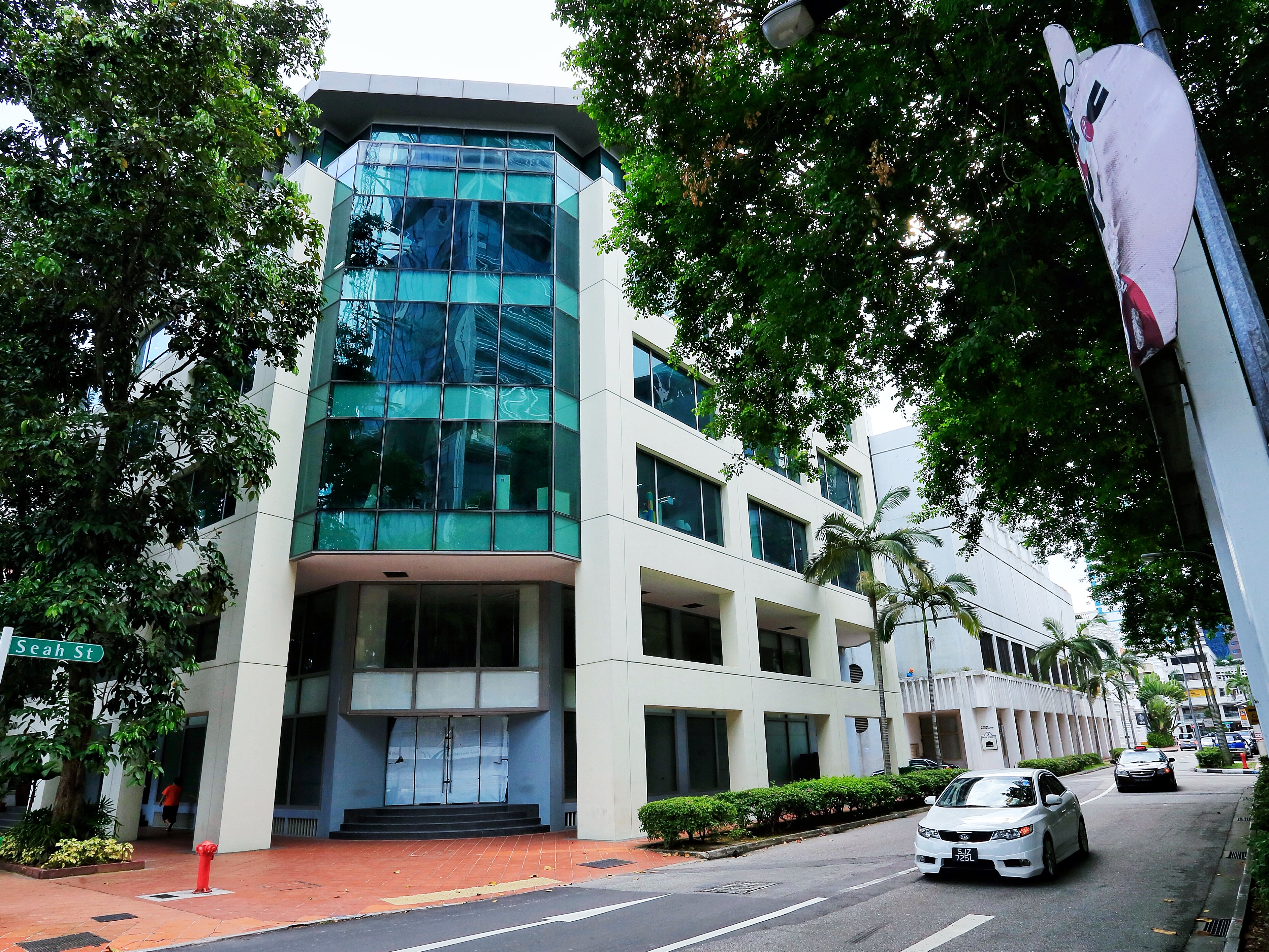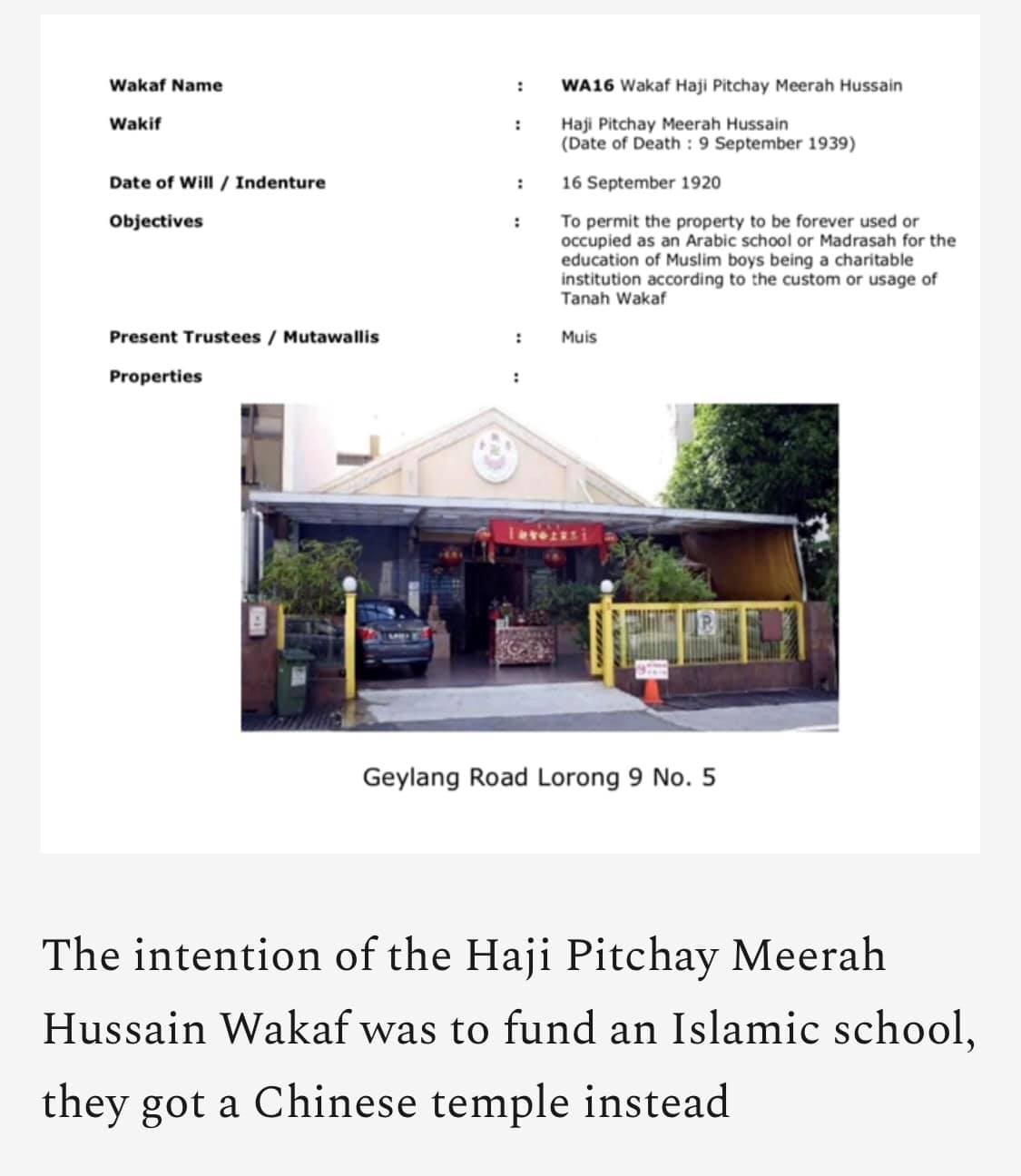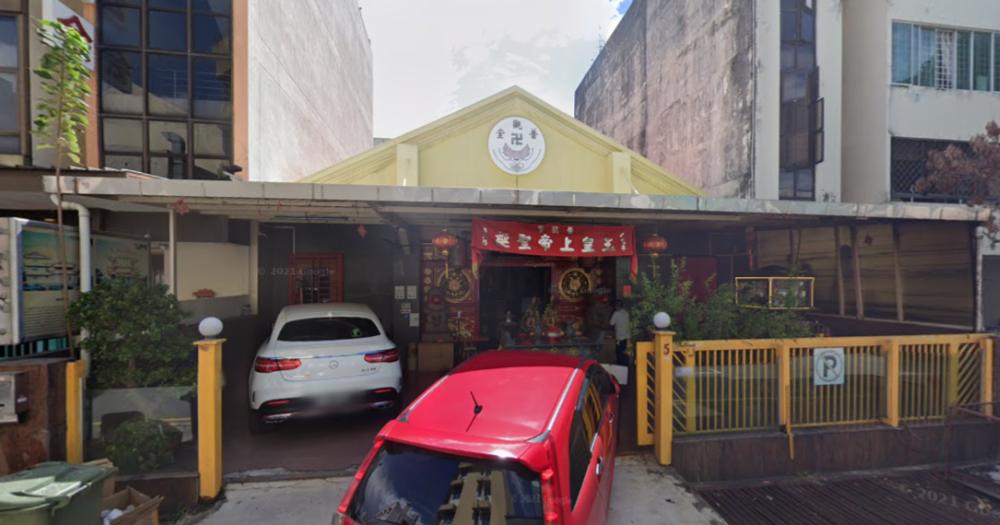The Islamic Religious Council of Singapore (MUIS) has responded to claims that it mismanaged a charitable endowment of property (or, wakaf) in Geylang.
The property in question was located at 5 Lorong 9 Geylang, and had been set aside for use as a madrasah (Islamic school) by the wakif — that is, the contributor of the wakaf.
A wakaf is the dedication of property for a recognised pious, religious, or charitable purpose under Muslim law, and is provided for under the Administration of Muslim Law Act (AMLA) in Singapore.
The AMLA also stipulates that MUIS administers all wakaf properties in Singapore.
However, 5 Lorong 9 Geylang now appears to be occupied by a Buddhist society, according to online registries.
MUIS: Wakaf moved from 5 Lorong 9 Geylang to 11 Beach Road
MUIS explained in a statement on Jun. 21 that the original property in Geylang was "in a dilapidated state and was not generating any income to fulfil the Wakaf’s original intent."
Thus, MUIS said that it migrated the wakaf to a freehold commercial property at 11 Beach Road in 2002.
 11 Beach Road. Photo via Warees Investments Pte Ltd's website.
11 Beach Road. Photo via Warees Investments Pte Ltd's website.
MUIS said that this was "the best and closest alternative to fulfilling the wishes of the wakif" since the original property could no longer be used as a madrasah.
The migration was done in accordance with the strategy of istibdal wakaf, which is also practiced in other Muslim communities, and permitted by Singapore's Fatwa Committee in 1985, MUIS said.
Why did claims of mismanagement surface?
The claims of mismanagement MUIS was responding to appear to have surfaced in a Jun. 18 Facebook post by Mohamed Ismail Ismail, who identified himself as a descendent of Haji Pitchay Meerah Hussain, the wakif — the contributor of the wakaf.
Mohamed Ismail Ismail wrote that the wakaf property had been "mismanaged by MUIS" and that he was "very sad and angry".
His post included a screenshot containing information about the wakaf property, including the date of its establishment in 1920, and the fact that it was created with the intention of being used as a madrasah for the education of Muslim boys.
 Image via Mohamed Ismail Ismail on Facebook.
Image via Mohamed Ismail Ismail on Facebook.
The screenshot includes an undated picture of 5 Lorong 9 Geylang.
Text at the bottom of the screenshot reads: "The intention of the Haji Pitchay Meerah Hussain Wakaf was to fund an Islamic school, they got a Chinese temple instead", and appears to be from a substack newsletter.
He added in a follow-up comment on Jun. 22 that he did not take issue with MUIS generating income from the wakaf land, even though this was not the original intent.
He said that the land could be "made into into a decent building for a religious house or even a shop house", but said that MUIS took an "easy way out to get an easy income."
"Now becoming a temple as a descendant how do you feel?" he wrote.
MUIS: Wakaf migration allows MUIS to "substantially increase" disbursements to beneficiaries
MUIS said that wakaf redevelopment and asset migration has enhanced the value of "a number" of wakaf, including the wakaf at 11 Beach Road.
Disbursements to beneficiaries have also been "substantially" increased, MUIS said, adding that it publicises the returns at its Annual Wakaf Disbursement Ceremony as well as in its Annual Report, which is published on its website.
MUIS said that the migration of the Geylang wakaf to 11 Beach Road has allowed it to disburse the yield from the wakaf to three existing madrasahs, namely, Madrasah Al-Maarif, Madrasah Alsagoff and Madrasah Wak Tanjong.
The wakaf has disbursed more than S$200,000 over the past seven years, MUIS said.
"MUIS is reaching out to the surviving members of the wakif’s family to reassure them that the wakif’s wishes are being respected and that the broader intention behind the creation of the Wakaf continues to be fulfilled," said MUIS in its statement.
Top image via Google Maps street view
If you like what you read, follow us on Facebook, Instagram, Twitter and Telegram to get the latest updates.
